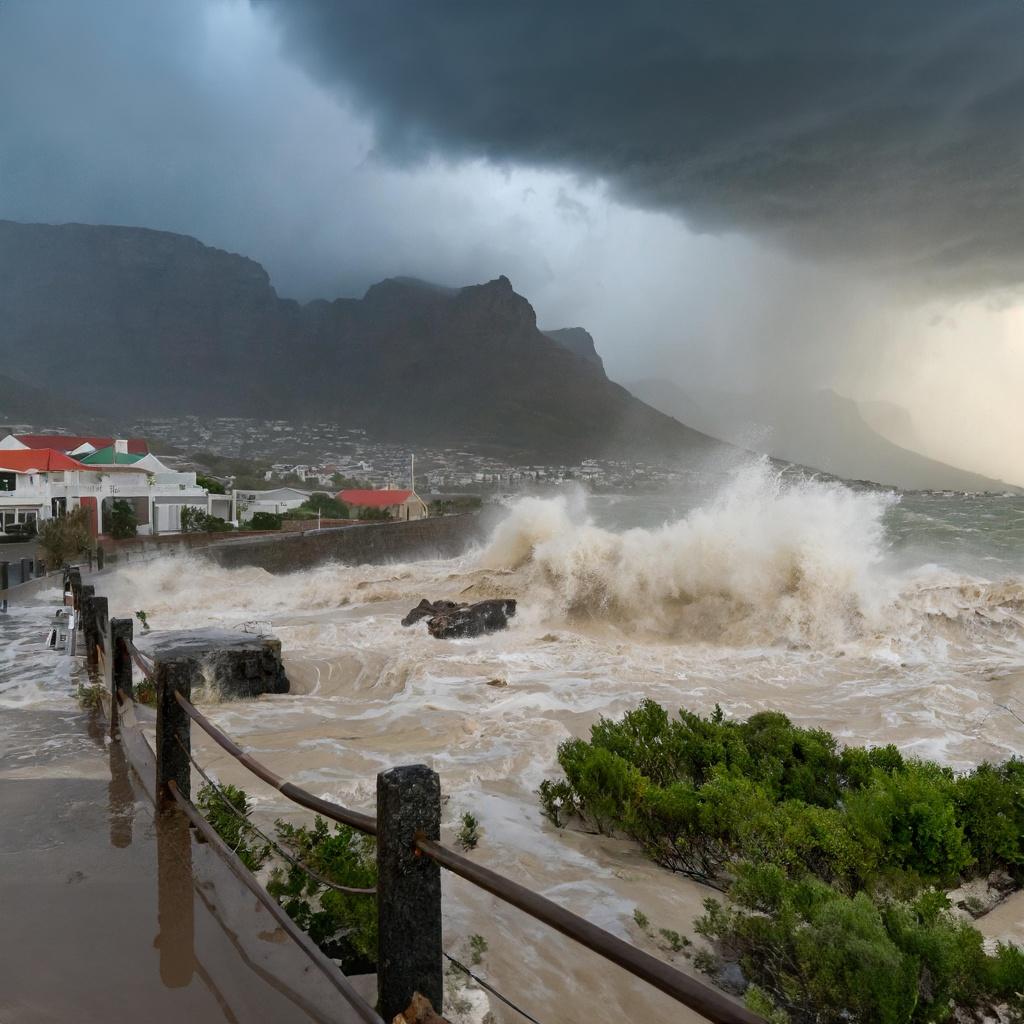The Cape of Storms has once again lived up to its name as multiple cold fronts battered both the Eastern and Western Cape during July, bringing gale-force winds and flooding to the Nelson Mandela Bay and Cape Town metros and surrounds. Thousands of people have been displaced and 15, 000 structures in the Cape Town area alone, have been damaged, leaving thousands of home and business owners with the massive problem of water-logged buildings and houses.
As mop-up operations start in earnest in the wake of the devastation caused, many are grappling with the daunting task of removing excess, standing water in hard-to-reach places in their living and working spaces. “We understand how overwhelming these clean-up efforts can be,” Allan Herbert, Husqvarna Africa’s Service Manager, empathises. “And, in these challenging times, not everyone can afford to use the services of professional service providers. Therefore, knowing where to start and how to respond effectively to the problem is crucial. Whether you’re currently dealing with water damage or want to be prepared in the event of a future incident, there are some pointers to remember,” he says.
Allan goes on to outline a series of six practical steps for tackling standing water once the flooding starts to subside:
1. Use PPE: Ensure that you put on protective gear like gumboots and rubber gloves. The investment is worth it if you don’t own any as these items protect you from potential contaminants in flood water and reduce the risk of injury from hidden debris.
2. Electrical Safety: The first thing to do is turn off (and disconnect if possible) electricity points that are affected BEFORE you go anywhere near the water. The risk of electrocution is real and can be life-threatening. If you’re unsure about how to safely disconnect power, it’s crucial to contact a licensed electrician before starting.
3. Document the Damage: Take several photos before you begin the cleanup for insurance claims. Document the source of the flooding (i.e. where the water entered) and all affected areas. Pay particular attention to structural and property damage. This visual record will be invaluable when dealing with insurance companies and planning repairs.
4. Salvage Valuables: Prioritise salvaging items of value. Start with easily movable possessions that haven’t been submerged, then focus on water-resistant items. Be cautious with electronics and documents – these may require special handling.
5. Utilise a Water Pump: Now that the preparation has been performed, the actual removal of water that has not been able to drain needs to be tackled. This obviously has to be done as quickly as possible, making the use of a water pump indispensable. Husqvarna water pumps are perfect for this task and are affordable and easy to use. An entry-level water pump will remove up to 12,000 litres per hour and eliminate water from inaccessible spots – ideal for households and small premises. If the damage is not that extensive e.g. the top floor of a double story, a Husqvarna wet and dry vacuum cleaner is perfect for the job.
For commercial spaces or large businesses dealing with higher volumes of standing water, larger units are available. Consider renting a water pump from outlets like Talisman if not needed long-term.
Using the pump is as simple as putting the inlet pipe in the water and the outlet pipe at the exit point. There is no priming required, ensure there’s fuel in the tank (they are all incredibly fuel-efficient) and start.
Once the flood water is removed, manual cleaning may be necessary to get rid of soil and debris:
- For damaged flooring like carpets, consider loosening the edges and rolling up the dirt with the carpet for simultaneous removal.
- Continue documenting the process with photos for potential insurance claims.
- Consider washing walls and floors with disinfectant to combat contaminants.
6. Speeding up Drying: To dry the floors and walls, use heaters and fans. Additionally, Husqvarna’s wet and dry vacuum and/or their leaf blower will significantly reduce drying time.
“Nature’s force is formidable, but thankfully there are ways to effectively deal with the aftermath. Our thoughts and prayers are with all those affected by the recent floods,” concludes Allen.
